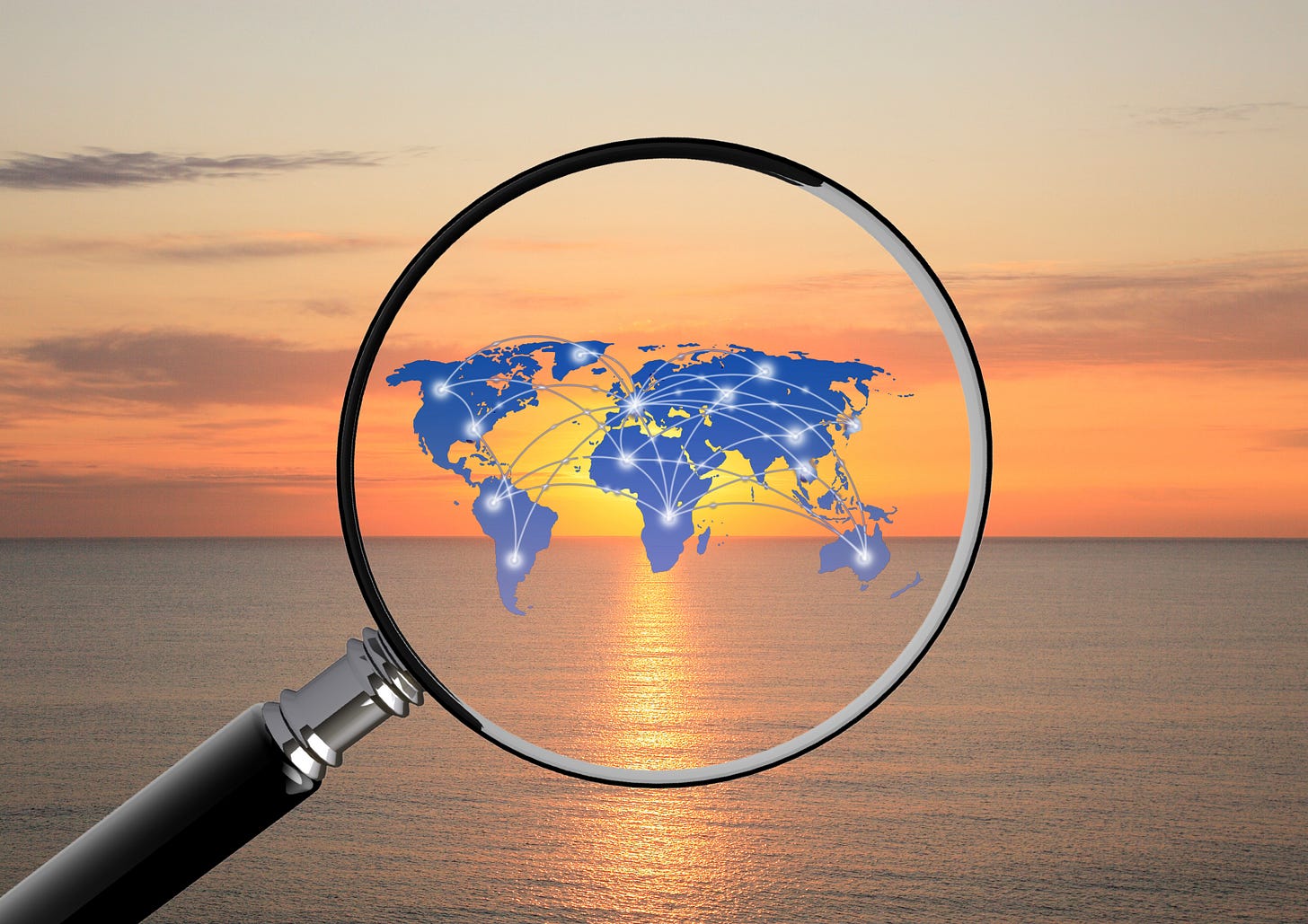The Horizon: Political Polarisation
Week of the 24 October 2025 - Heightened political polarisation, supply chain vulnerability, and volatile energy markets
Top Signal: Political Polarisation and Its Ripple Effects
This week, the protracted U.S. government shutdown, which has led to political gridlock, continues to reveal just how deep the political polarisation goes in Washington, with reports suggesting it could run into November. It has already become the second-longest federal funding lapse in U.S. history. The shutdown is not good for confidence in the stability and effectiveness of the world’s largest economy. One estimate suggested that it could trim between $7.6 billion and $15.2 billion off annual growth in economic output for each week that it continues. Meanwhile, snarl ups are reported at the nation’s ports with ripple effects for global supply chains. NPR, CNBC NYT Forbes
Key Signals
US Sanctions Russian Oil Majors: This week, the US announced sanctions on Russia’s two largest oil firms, Rosneft and Lukoil, in a significant policy shift aimed at cutting off major revenue sources that fund Russia’s military operations in Ukraine. The move increases international pressure on Russia over the war and complements recent EU sanctions. The US Treasury Department has indicated that it is prepared to take further action if necessary in the pursuit of peace. The sanctions could reduce the global supply of oil and have already caused a sharp rise in global prices with ripple effects on international trade flows, energy security, and investment decisions. Russia described the move as an “unfriendly act” that is damaging to Russia-US relations. US Treasury Reuters WSJ
EU-Egypt Summit: The first-ever EU-Egypt summit took place in Brussels this week with a focus on enhanced political and economic cooperation amidst regional security tensions. Egypt is viewed as a key strategic partner by the Europeans, and this next level of warming relations demonstrates a regional alignment that could influence energy markets, trade routes, and investment flows in the Mediterranean and broader Middle East going forward. Last year, the EU was Egypt’s top trade partner, with trade in goods between the two worth €32.5 billion. EU
China Growth Slows: China’s economy grew at its slowest pace this year, according to official data released this week that put the annual growth rate at 4.8% for the third quarter. The latest data was published as the trade war with the US continues and challenges remain within its residential property market. Meanwhile, China surpassed the U.S. as Germany’s largest trading partner in the first eight months of 2025, according to preliminary German data. Reuters NBSC LA Times
Systems Insight
The U.S. shutdown highlights a feedback loop where political polarisation erodes governing capacity, undermining economic confidence and operational resilience in key state functions. The longer the impasse lasts, the deeper the institutional damage. This standoff exposes the structural tension between partisan power struggles and the need for stable administrative functionality, especially amid high public debt and a volatile global environment.
The EU–Egypt diplomatic milestone demonstrates how multilateral diplomacy still serves as a stabilising force in a turbulent region, with implications for migration flows, energy security, and geopolitical balance.
Meanwhile, slower Chinese growth could dampen global demand for commodities, capital goods, and luxury exports. At the same time, China’s position as Germany’s top trading partner, if the preliminary data is confirmed, reflects an ongoing diversification of global trade flows away from the U.S. This dual trend reveals a shifting global feedback loop where U.S.–China trade frictions and China’s internal structural constraints are redrawing the map of growth drivers and interdependence across the global economy.



